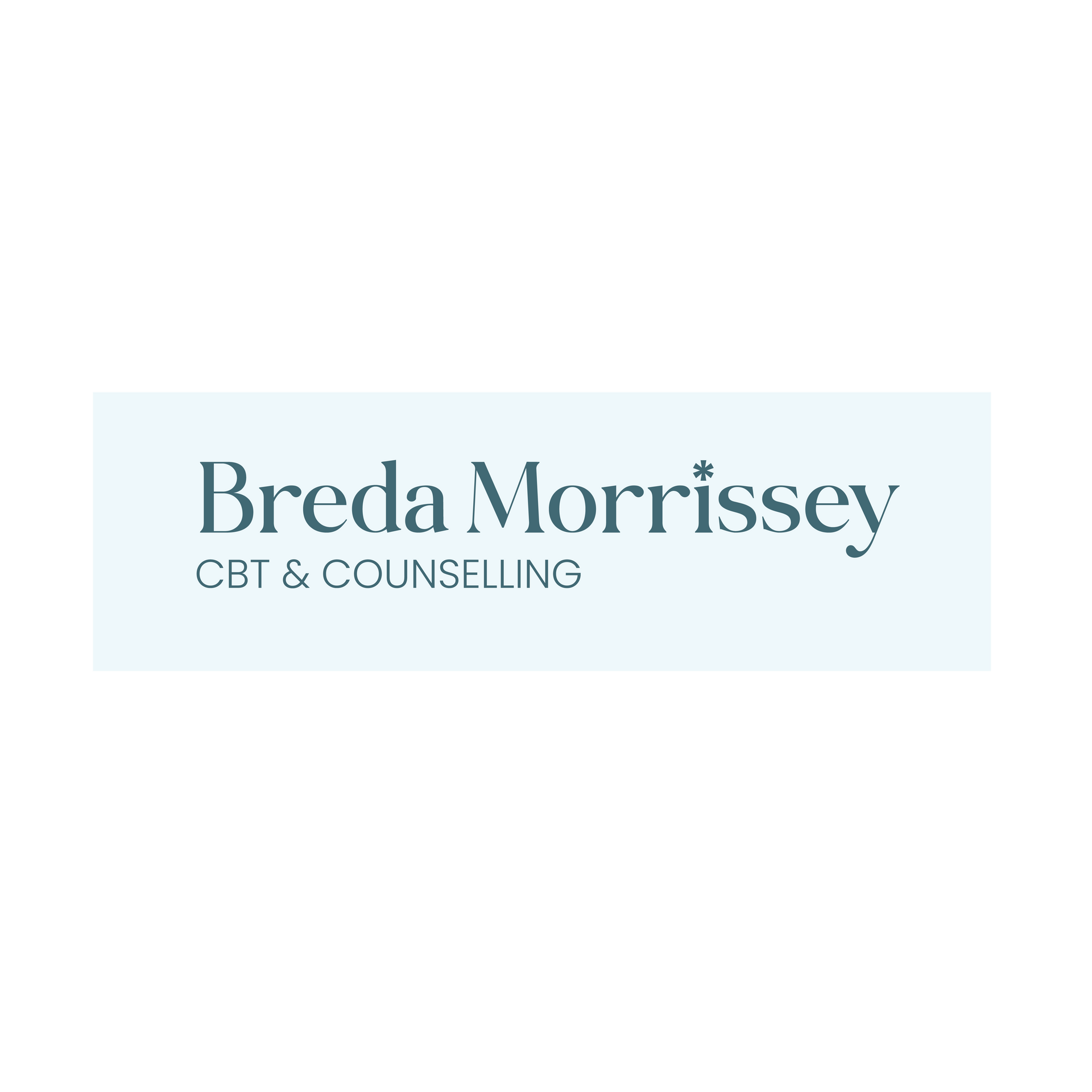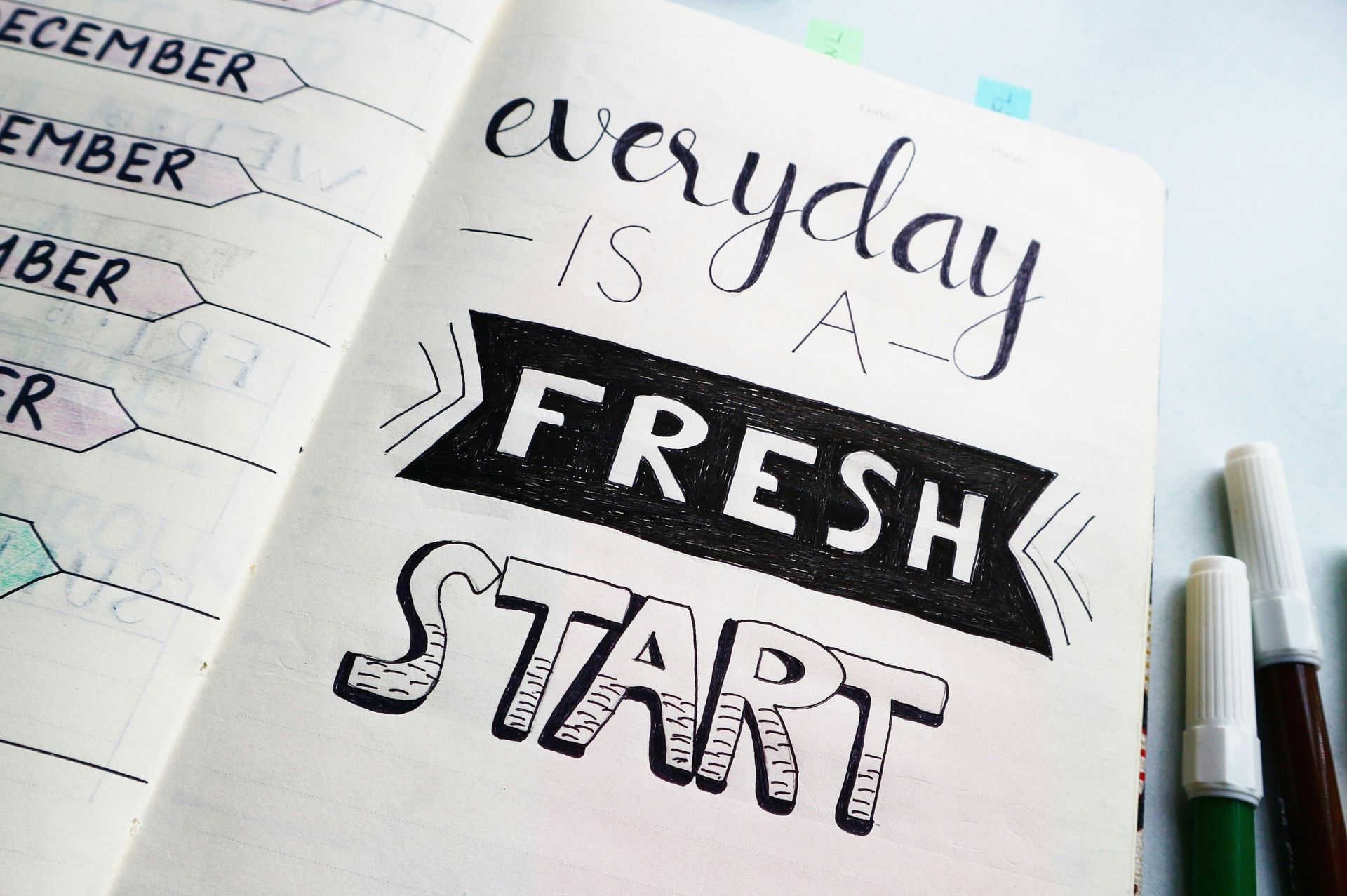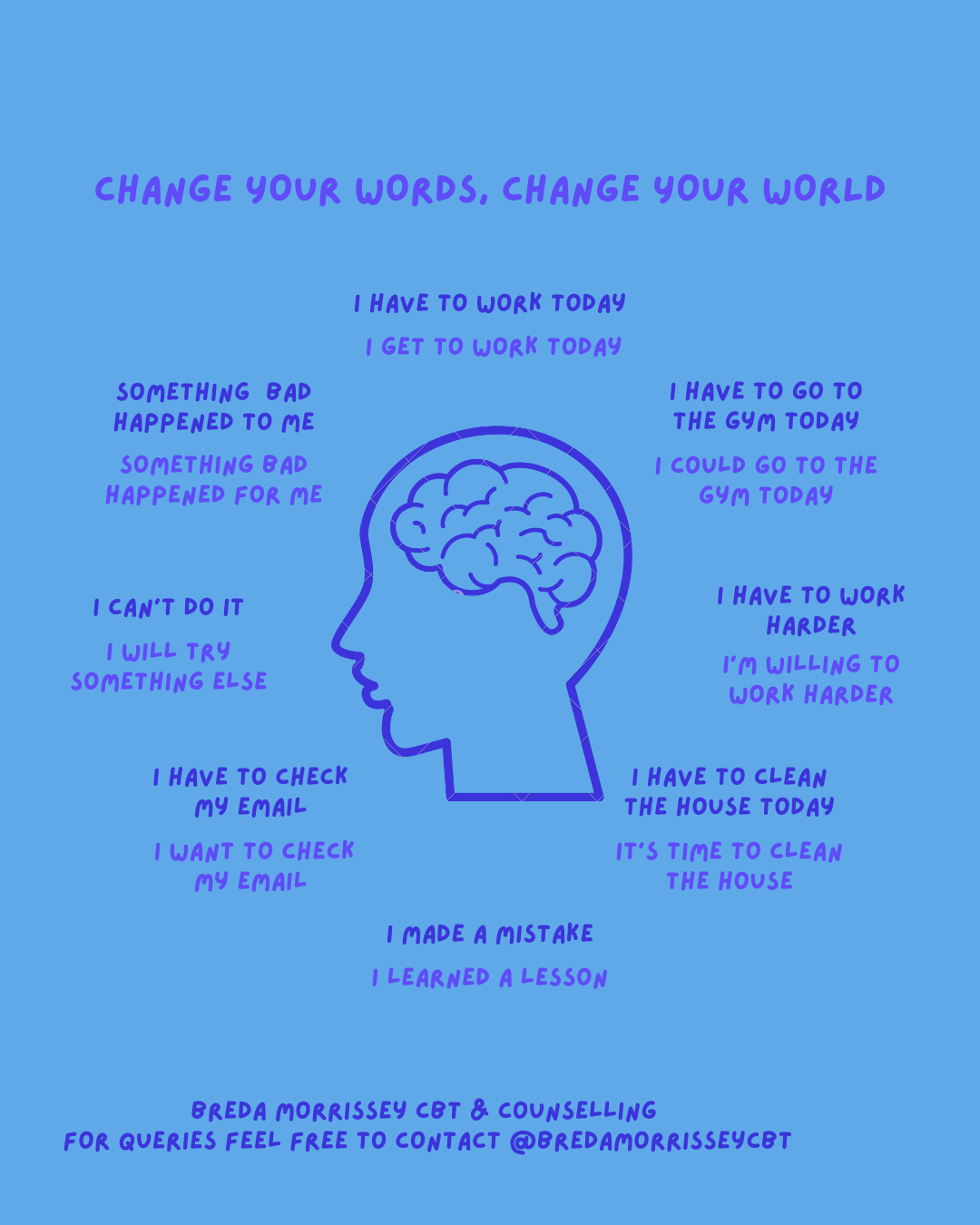‘Boundaries’
‘Boundaries’ is a word that we’re hearing more and more, especially if you go to therapy. So why do we, as therapists, love talking about personal boundaries? When we refer to boundaries, we’re referring to an intentional practice which is so vital for protecting our wellbeing and sense of self. For maintaining respectful and healthy relationships. And for preventing resentment and distress.
We discuss it because it can be one of the hardest practices to get comfortable with — despite having such beneficial and long-lasting outcomes. It’s something that all humans, including therapists, will struggle with at some stage in their lives.
There are many situations that may indicate a boundary is being crossed, and where setting a personal boundary could be helpful to foster mutual understanding for both parties.
Here are some examples:
- Have you ever decided to leave a social event because you are ready to go home, and then been guilt tripped by someone into staying?
- Have you ever been asked personal questions by a family member and felt too awkward to say that you don’t feel comfortable answering them? Examples: “So when are you having kids?” or “tell me about your dating life”.
- Have you ever had someone ask for your time, help, or attention at a time that you don’t have the capacity to give, so you either say yes and then feel exhausted and frustrated, or you say no to them and then feel guilty?
What are personal boundaries?
Personal boundaries are the limits we set in relationships to safeguard our emotional, physical, and mental health. They determine what behaviour we find acceptable and what we don’t. Setting boundaries isn’t about isolating ourselves from others but about creating mutually respectful and healthy interactions that honour our values and needs. When we disregard our personal boundaries, we may find ourselves feeling drained, resentful, or overwhelmed.
Some common types include:
1. Emotional boundaries: How we share our feelings and how much emotional energy we’re willing to give.
2. Physical boundaries: Personal space and physical touch.
3. Professional boundaries: Personal goals, limits, or guidelines to determine a safe and effective working environment.
4. Financial boundaries: Our financial resources, relationship to money, and spending habits.
5. Sexual boundaries: Comfort with intimacy, communication around consent, and what we consider acceptable within sexual interactions.
But let’s take it a level deeper, and look at rigid boundaries versus soft boundaries:
Rigid boundaries are strict, non-negotiable limits, often set for situations we feel strongly about like refusing to engage in conversations with someone who is verbally abusive.
Soft boundaries are more adaptable limits that can change depending on the situation like we being okay discussing personal issues with a close friend but not with a colleague.
Three ways to help identify our personal boundaries
To identify our boundaries, self-awareness and alignment with personal values are essential.
1. Assess values
Think about what’s most important to you — this could be things like honesty, independence, or privacy — and your boundaries will naturally align with these values.
2. Reflect on past experiences
Consider past situations where you felt overextended or disrespected. What did you wish would have been different?
3. Pay attention to emotional reactions
Feelings like guilt, resentment, or discomfort often signal boundary issues. For example, if you frequently feel uncomfortable with others’ commenting on your life choices, this may indicate a need for intellectual or emotional boundaries.
Why is it so difficult to set boundaries?
Most people face challenges when it comes to setting personal boundaries. These can include things like:
- Not knowing what our personal boundaries are
- Having negative past experiences when trying to express a personal boundary with someone
- A fear that setting boundaries might lead to rejection, conflict, confrontation, judgement or disappointment
- Believing that other people’s needs and values are more important than our own
- Feeling guilty or embarrassed to set a personal boundary.
Expressing boundaries might feel intimidating, but it can get much easier with practice.
Five ways to help communicate personal boundaries with confidence
1. Use “I” statements
Framing our boundaries from a personal perspective can help reduce defensiveness. For example, “I need some quiet time after work to recharge,” instead of, “You’re always bothering me when I get home.”
2. Be clear and concise
Avoid excessive explanations, which can dilute our message. For instance, say, “I’m not comfortable discussing this topic,” without feeling the need to elaborate.
3. Offer alternative options
When possible, offer a compromise to show willingness to compromise, while still maintaining your boundary. For instance, “I’m not available this weekend, but let’s plan for another time.”
4. Speak calmly
A calm, steady tone shows that we’re in control and confident in our boundaries. Speaking too softly may indicate hesitation, while raising our voice could signal aggression.
5. Consider the other person’s feelings
While holding firm to our boundaries, it’s important to respect the other person’s viewpoint. Listen actively, acknowledge their feelings, and remain polite. Saying, “I understand this may be difficult to hear, but it’s important to me,” demonstrates empathy without compromising our boundaries.
Sometimes, when expressing a personal boundary, we might be faced with a dismissive, judgemental, or angry reaction. In this situation, it’s important to:
- Stay calm and assertive.
- Acknowledge the other person’s feelings without backing down: “I understand this might be difficult for you, but this boundary is important for my wellbeing.”
- Maintain a respectful and firm tone, emphasising that the boundary is about our own self-care, and not rejecting or criticising them.
- If the situation escalates, calmly disengage and give both parties space.
- Reaffirm that you’re open to discussing it further when emotions settle.
Communicating and setting personal boundaries is a powerful act of self-respect. It may feel challenging initially — especially if we’re used to prioritising others’ needs — but it’s essential for cultivating healthy, balanced relationships. By identifying what matters to us, aligning boundaries with our values, and expressing them clearly, we can create a life that supports our wellbeing and authentic self. Boundaries aren’t walls to isolate but bridges to healthier, more respectful connections.
Need help navigating boundary setting? We can help.











